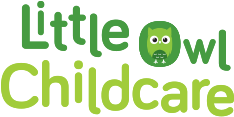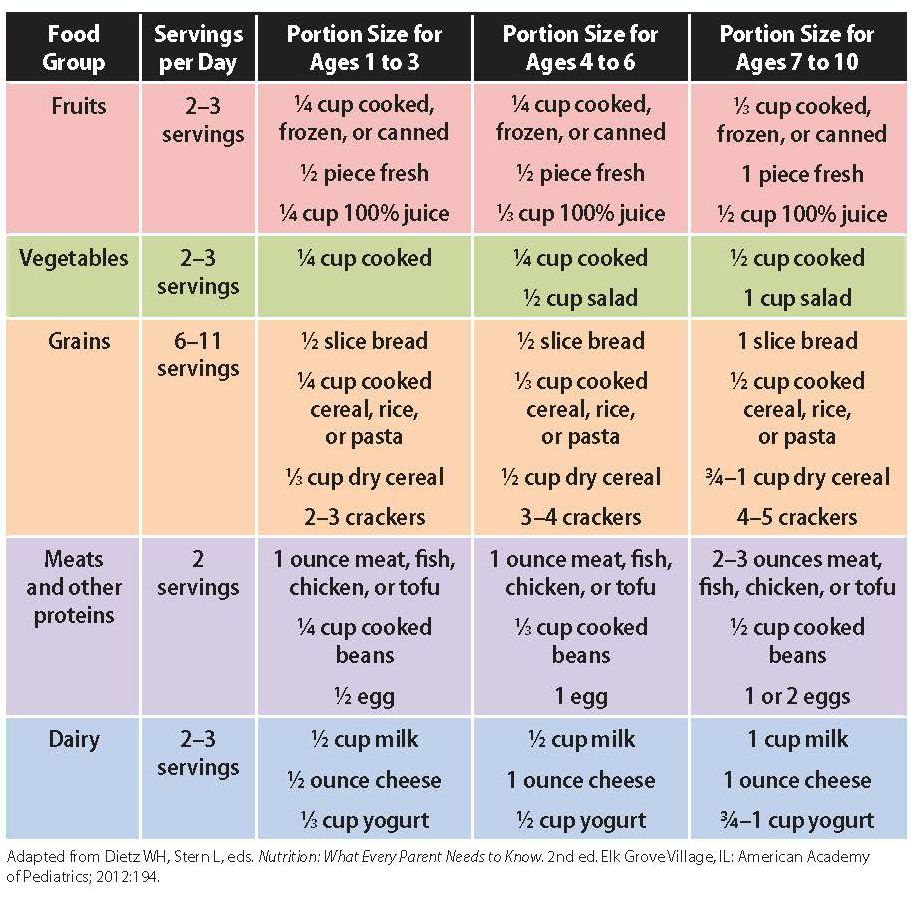As much as we are all enjoying the recent warm weather it is vital to keep safe in the sun, especially children. It is easy to forget the dangers when there is so much fun to be had. There are many precautions that we can take, here are just a few that may help:
- Children’s skin is much more sensitive than an adults, extra precautions should be taken
- suitable clothing should be worn, sunhats, light long sleeve tops
- Spend time in the shade, between 11am and 3pm is when the sun is at it’s strongest in the UK
- Apply at least SPF30 sunscreen regularly
- Ensure sunscreen is applied on the face, neck, backs of hands and ears, or any skin exposed
- Protect your eyes, where possible wear sunglasses
Swimming/water play:
- Wear water-resistant sunscreen
- When in water it can be more difficult to notice if you skin is burning due to the cooling water. Ensure sunscreen is reapplied straight after waterplay, even if it is water-resistant
- Wear appropriate clothing while in the water, sunhats, swimsuits
Applying sunscreen:
- Ensure to use at least two teaspoons of cream if you are covering your head, neck and arms. At least two tablespoons if you are covering the entire body. Applying too thin will reduce the protection
- If you are going out for the day or for a long period of time sunscreen should be applied 30 minutes before leaving and then again just before leaving
- It is suggested that sunscreen should be reapplied every two hours as direct sunlight can dry the cream from the skin
- Make sure the sunscreen is not past its expiry date. Most sunscreens have a shelf life of 2 to 3 years
Dealing with sunburn:
- Sponge sore areas with cool water and apply aftersun cream to sooth
- Stay out of the sun until the skin is fully recovered
- Painkillers can be used if necessary, paracetamol or ibuprofen for all potential inflammation
You should take extra care in the sun if you:
- have pale, white or light brown skin
- have freckles or red or fair hair
- tend to burn rather than tan
- have many moles
- have skin problems relating to a medical condition
- are only exposed to intense sun occasionally (for example, while on holiday)
- are in a hot country where the sun is particularly intense
- have a family history of skin cancer
(Sunscreen and sun safety – NHS (www.nhs.uk))



 Some top tips to support meal times:
Some top tips to support meal times:


Recent Comments